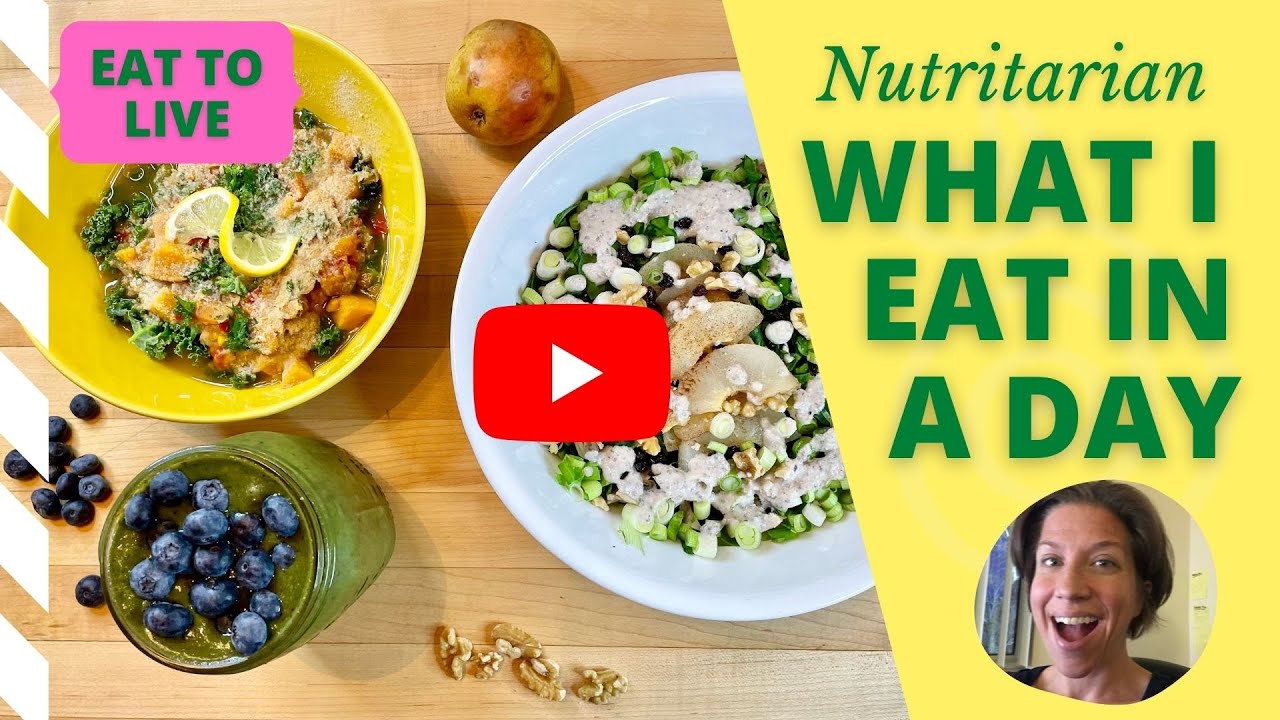
Designed in the late twentieth century, the Pritikin diet is a low-fat, high-fiber diet. It is a popular diet that has been recommended by the United States Department of Agriculture (USDA) and the World Health Organization (WHO). It encourages consumption of fresh vegetables, fruits and nuts, as well as seeds and legumes. It also encourages regular exercise, weight training, as well as stretching. The diet aims to lower blood sugar, cholesterol, and prevent obesity.
The Pritikin is not suitable for anyone who needs to lose weight. But it is great for those who want a healthier heart and weight loss. The Pritikin diet has been shown to reduce cholesterol, lower blood pressure, reverse metabolic syndrome, and increase blood flow. Those who follow the diet have been able to lose weight and reduce their risk of heart attack and stroke.
The World Health Organization and Food and Agriculture Organization have both praised the Pritikin Diet. Its primary purpose serves to reduce cholesterol levels and control blood glucose. It encourages the consumption of a wide range of nutritious plants, but it also recommends that you eat more plant protein than animal protein. This could be problematic for people who need enough protein to maintain their muscles. However, those on the Pritikin diet are advised to limit the consumption of red meat to once a month.
While the Pritikin Diet was initially designed to fight cardiovascular disease, it has been adapted to help people manage chronic conditions. It is still based upon the same principles. It encourages the consumption whole grains, fresh fruits and veggies, as well as a variety of fiber-rich food, like nuts, seeds and beans. It also encourages stretching and exercise. This is known to increase metabolic rate, aid in weight loss, and improve flexibility.

The Pritikin Diet is low-fat, high fiber, and high carb. It also includes plenty of fresh fruits and veggies, whole grains, legumes, and whole grains. It also discourages the consumption of red meat, eggs, and white flour.
FAQ
What does it take to make an antibiotic work?
Antibiotics are drugs which destroy harmful bacteria. The treatment of bacterial infections is done with antibiotics. There are many types of antibiotics. Some can either be administered orally, while others may be injected. Other antibiotics can also be applied topically.
For people who have been exposed, antibiotics are often prescribed. For example, if someone has had chicken pox, he or she might take an oral antibiotic to prevent shingles later on. An injection of penicillin may be necessary to prevent pneumonia if someone has strep.
When antibiotics are given to children, they should be given by a doctor. Children are more susceptible to side effects from antibiotics than adults.
Diarrhea, the most common side-effect of antibiotics, is probably diarrhea. Other side effects possible include dizziness, nausea, vomiting, stomach cramps, stomach pains, dizziness and allergic reactions. Most of these symptoms disappear after the treatment is completed.
How often should i exercise?
For a healthy lifestyle, exercise is vital. However, there's no time limit on how much you should exercise. The key is finding something you enjoy and stick with it.
Three times per week, aim for 20-30 minutes moderate intensity activity. Moderate intensity means you'll still be breathing hard after you've finished. This type workout burns about 300 calories.
Walking is a great option if you are a keen walker. You can do 10-minute walks four days per week. Walking is low-impact, easy on the joints, and it's very gentle.
If you'd rather run, try jogging for 15 minutes three times a week. Running is a great exercise to build muscle tone and burn excess calories.
You can start slow if you are new to exercise. Start by only doing 5 minutes of cardio five times a week. Gradually increase the time you do cardio until your goal is reached.
How can I lower my blood pressure
You must first determine the cause of high blood pressure. Next, you must determine the cause and take steps to decrease it. This could include eating less salt, losing weight if necessary, taking medication, etc.
You also need to make sure you are getting enough exercise. Try walking if you don’t find the time.
Consider joining a gym if your current exercise regimen is not satisfying you. You will probably join a gym that is open to other people with similar goals. It's easier to stick to an exercise routine when you know someone else is going to see you at the gym.
What is the problem?
BMI stands For Body Mass Index. It is a measurement of body mass based on height and/or weight. BMI is calculated using the following formula:
Add weight in kilograms to height in meters squared.
The score is expressed as a number between 0 and 25. Scores of 18.5 and higher indicate overweight, while scores of 23 and higher indicate obesity.
A person with a body mass index of 22 and a weight of 100 kg and a height 1.75m will have a BMI.
How do I measure body fat
The best way to measure body fat is with a Body Fat Analyzer. These devices are used for measuring the percentage of body fat in people who want to lose weight.
Statistics
- Extra virgin olive oil may benefit heart health, as people who consume it have a lower risk for dying from heart attacks and strokes according to some evidence (57Trusted Source (healthline.com)
- This article received 11 testimonials and 86% of readers who voted found it helpful, earning it our reader-approved status. (wikihow.com)
- According to the 2020 Dietary Guidelines for Americans, a balanced diet high in fruits and vegetables, lean protein, low-fat dairy and whole grains is needed for optimal energy. (mayoclinichealthsystem.org)
- The Dietary Guidelines for Americans recommend keeping added sugar intake below 10% of your daily calorie intake, while the World Health Organization recommends slashing added sugars to 5% or less of your daily calories for optimal health (59Trusted (healthline.com)
External Links
How To
How to stay motivated to exercise and eat healthily
Healthy living: Motivational tips
Motivational Tips for Staying Healthy
-
Write down your goals
-
Set realistic goals
-
Be consistent
-
When you achieve your goal, be kind to yourself
-
Don't give up if you fail at first
-
Have fun